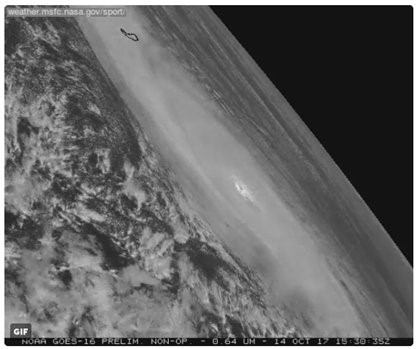
By Nick Brown
NEW YORK (Reuters) – The federal board overseeing Puerto Rico’s finances said on Wednesday it intends to appoint an outside manager to lead the island’s power utility, PREPA, in cleanup efforts following Hurricane Maria.
But Puerto Rico’s government is pushing back on the move, and may challenge it in court as an unauthorized power grab, according to a source familiar with Governor Ricardo Rossello’s thinking.
The board, in a written statement, announced “intent to appoint” retired U.S. Air Force Colonel Noel Zamot as PREPA’s chief transformation officer.
Zamot, who has worked with the board in a separate capacity, would be responsible for expediting reconstruction efforts, the board said.
U.S. lawmakers have criticized PREPA’s hiring of Montana-based Whitefish Energy Holdings to help fix the island’s power grid, decimated when Hurricane Maria made landfall on Sept. 20. Some Congress members were concerned that Whitefish was hired without a bidding process, and despite the fact that the two-year-old firm had only two full-time employees.
The controversy reawakened feelings among lawmakers and Puerto Rican investors that officials at PREPA are not competent to lead the quasi-public utility, whose $9 billion debt load pushed it into bankruptcy in July.
The storm cut power to the entire island. As of Monday, just 18 percent had been restored, according to U.S. Department of Energy data.
The board’s announcement on Wednesday was also reigniting an ongoing power struggle between Puerto Rico’s government and the board appointed last year to manage the island’s precarious finances.
Created under a federal Puerto Rico rescue law known as PROMESA, the board is to help Puerto Rico regain access to capital markets after it filed the largest-ever U.S. government bankruptcy in May.
The island, trudging through a decade-long recession, has $72 billion in debt and near-insolvent public health and pension systems.
Rossello and the board have clashed, including on austerity measures like public employee furloughs.
In a statement on Wednesday, Rossello said the board’s powers are limited by law to financial issues, while management of island agencies “rests exclusively on democratically elected officials.”
“Puerto Rico will be zealous in defending the people from any action that seeks to undermine this process,” Rossello said in a statement in Spanish.
The source familiar with Rossello’s thinking told Reuters his administration may challenge in court the board’s authority to appoint an outside manager at PREPA.
“It might have to be challenged in court, and the government is willing to go that way,” said the source, who was not authorized to speak to media and requested anonymity.
Rossello’s administration separately has its own concerns about Whitefish and the lack of transparency surrounding its PREPA contract, and plans to investigate those issues, the source said.
(Reporting by Nick Brown; Editing by James Dalgleish and David Gregorio)









